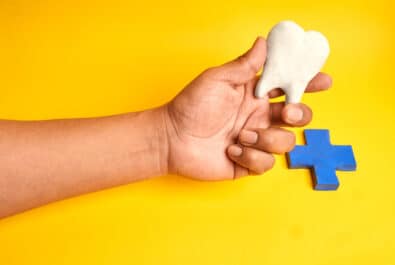Diagnosing sleep apnea, a sleep disorder that causes you to have breathing cessations while unconscious, involves undergoing a sleep study. However, the most obvious symptoms often occur during the sleep cycle – leading many sufferers to postpone doctor’s appointments or relay broad symptoms to their doctor that can indicate more common medical conditions. Even though sleep apnea often goes undiagnosed (or misdiagnosed), it can still lead to serious health complications if left untreated. If you’re considered “at-risk” or are experiencing common symptoms of sleep apnea, don’t hesitate to seek help from a medical professional. Treatment has become easier and more comfortable than ever, thanks to modern dentistry!
What’s A Sleep Study?
Also referred to as a polysomnography, a sleep study measures different functions around your body throughout its sleep cycle. Although it’s used to diagnose either form of sleep apnea (obstructive and central), it can also determine other disorders like narcolepsy or insomnia.
A polysomnography is typically done in a sleep lab – although the atmosphere resembles more of a hotel for added comfort. Even though you’re connected to different machines in order to be properly monitored, the procedure is completely non-invasive.
Comparing Your Treatment Options
Finding the right treatment for you will depend on your lifestyle and the severity of your condition. For example, since obesity is a common risk factor for sleep apnea, sometimes lifestyle changes like diet and exercise can decrease the breathing cessations.
On the other hand, for more moderate to severe conditions, there are more extensive forms of treatment. You may have heard of one of the most common options – a Continuous Positive Airway Pressure (CPAP) machine. While certainly effective, many patients struggle adjusting to their CPAP machine as it does require wearing a breathing mask while asleep. However, as awareness increases, patients are choosing a different treatment altogether – oral appliance therapy. Your dentist can custom-make appliances that gently push your jaw forward, creating a larger opening in your airway – decreasing the risk for muscle relaxation or closure.














